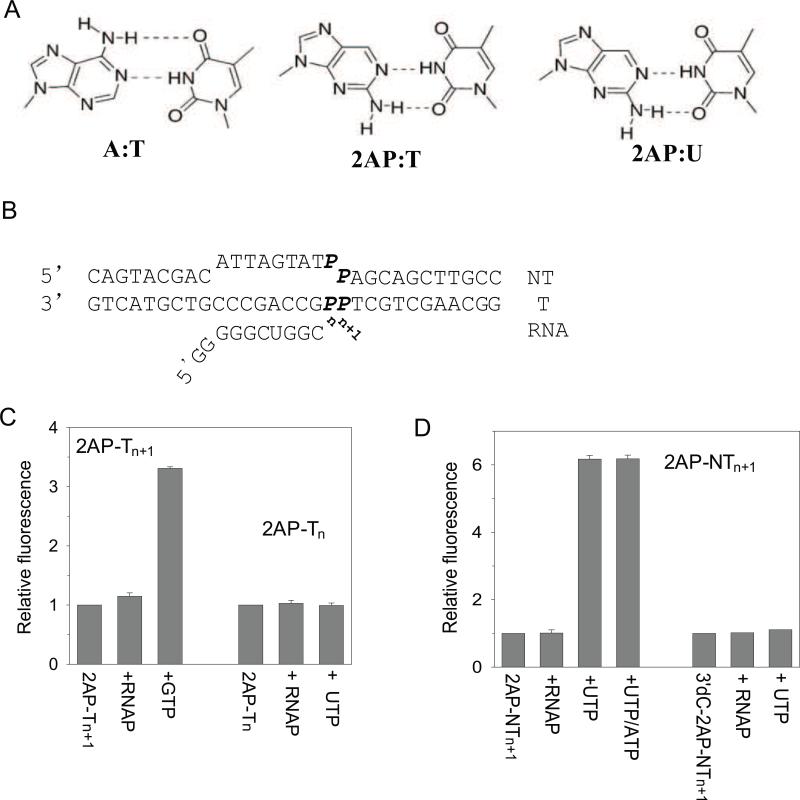Fig.1. 2-Aminopurine modified elongation substrates and their fluorescence properties with and without T7 RNAP and NTP.
(A) A:T base pair compared to 2AP:T and 2AP:U base pairs. (B) The elongation substrate showing the positions where a single 2AP was incorporated (denoted as P). (C) 2AP fluorescence was collected over 360-400nm with excitation at 310 nm and the intensity was normalized to that of individual 2AP-contained free elongation substrate. Relative fluorescence are shown for substrates alone with 2AP at Tn+1 or Tn (200nM C/2AP-Tn+1 or 2AP/2AP-Tn, with T7 RNAP (400nM), and with RNAP and the next correct NTP (400 μM). (D) Relative fluorescence of substrate with 2AP at NTn+1 (200nM A/2AP-NTn+1), with T7 RNAP, and with RNAP and UTP, UTP + ATP, or the incorrect CTP (400 μM each). The 3’-dC-SC1A contains a 3’-deoxyCMP (3’-dC) base at the 3’-terminus of the RNA primer.

